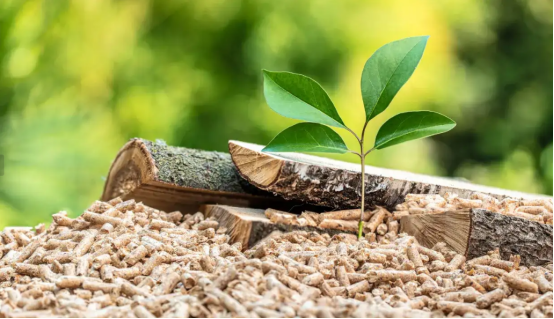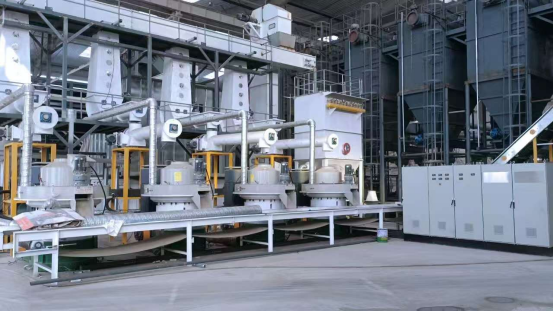
Facing mounting regulatory pressure and stakeholder demands, businesses globally are racing toward carbon neutrality by 2050. Yet traditional renewable solutions like solar or wind require massive infrastructure investments and geographic flexibility. Enter biomass pellets—compact, energy-dense fuel made from agricultural residues, forestry waste, and dedicated energy crops. With a carbon footprint 50-90% lower than fossil fuels when sustainably sourced, they're emerging as the pragmatic accelerator for hard-to-abate industries.
Why Biomass Pellets Are Carbon Neutrality's Secret Weapon
Biomass pellets close the carbon loop through circular thermodynamics:
Carbon Sequestration Balance: Plants absorb CO₂ during growth. When pelletized waste (like rice husks or sawdust) is burned for heat/power, it releases only the CO₂ previously captured—unlike fossil fuels that add new carbon to the atmosphere.
Waste-to-Energy Efficiency: Agro-forestry residues decompose naturally, emitting methane (a GHG 25x more potent than CO₂). Pellet production redirects this waste into stable fuel, avoiding uncontrolled emissions while displacing coal use in boilers and furnaces.
AI-Optimized Supply Chains: Modern pellet plants use IoT sensors to track feedstock origin, moisture content, and energy output. This ensures 95%+ combustion efficiency—minimizing particulate emissions and maximizing energy yield per ton.
The Biomass Pellet Machine: Engineering the Green Fuel Revolution
At the heart of this transformation lies the industrial biomass pellet machine—a high-pressure press converting loose biomass into standardized pellets. Modern machines like Rotexmaster's 132kw systems deploy critical innovations:
Torque-Adaptive Dies: Adjust compression dynamically for varying feedstock (e.g., wood chips vs. rice husks), ensuring pellet density uniformity and <10% breakage rates.
Integrated Dryers: Reduce moisture to 8–12% pre-pelletization, slashing energy waste during compaction.
Zero-Waste Design: Excess heat recaptured for drying or facility heating, boosting net system efficiency to 85%.
For corporations, this means on-site pellet production from local waste streams—turning disposal costs into energy revenue.
From Strategy to Implementation: A Corporate Blueprint
Deploying biomass pellets requires intent-first planning:
Feedstock Audits: Map waste streams (sawdust, crop residues) to calculate pellet yield potential.
Carbon Accounting Integration: Track Scope 1 reductions using ISO-compliant tools linking pellet consumption to verified emission offsets.
Machine Selection: Prioritize:
Output (0.3–0.5 t/h for SMEs vs. 2+ t/h for factories)
Energy Efficiency (55kW vs. legacy 80kW models)
Adaptive Die Systems (handling mixed feedstocks).
Certification Syncing: Use programs like SBP or ENplus to ensure pellet sustainability—critical for ESG reporting.
Companies like Thailand's GreenRice Inc. cut coal dependency by 70% within 18 months by pelletizing rice husk waste on-site, leveraging carbon credits to achieve ROI in <3 years.
The Road Ahead: Scalability Meets Innovation
With AI-driven pellet mills now optimizing:
Predictive Maintenance (cutting downtime by 30%)
Real-time Emission Analytics
Automated Logistics Routing
...biomass pellets are shifting from supplemental fuel to baseline energy infrastructure. For corporations, this isn't just decarbonization—it's resource independence.
About Shandong Rotexmaster Machinery: A pioneer in biomass technology since 2008, Rotexmaster delivers industrial-grade pellet machines ( 1–15t/h output) with ring-die systems for extreme durability. Their ISO-certified machines serve global clients across 25+ countries, specializing in turnkey solutions for wood, rice husk, and agricultural waste pelletization. Explore their high-efficiency systems at Rotexmaster Biomass Machines.
